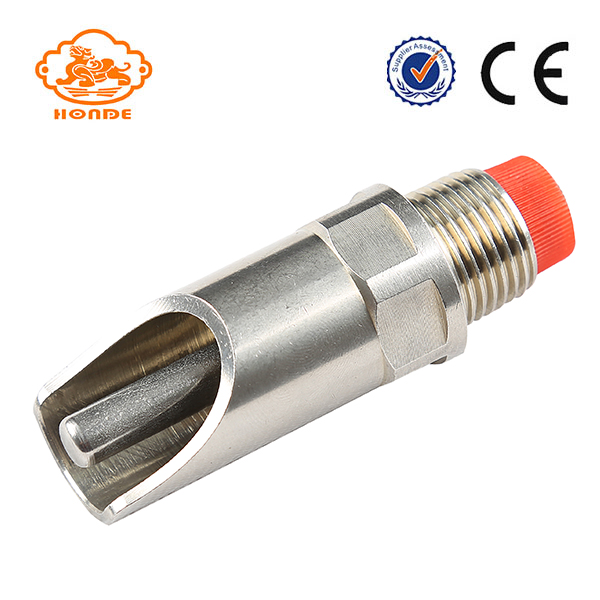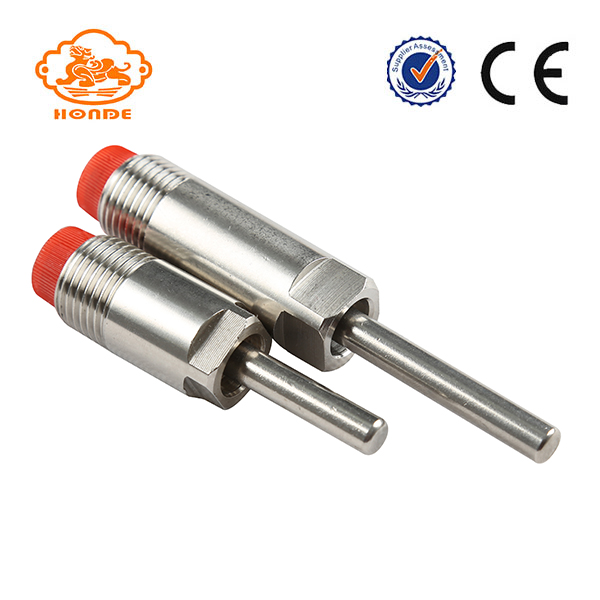Soybean blight is also known as dwarfism and atrophy. It is quite common, just behind mosaic disease. Northeast China, Shandong Province, Shanxi Province, and Jiangsu Province all occur. Detection of poisonous seeds collected from all parts of the country from 1980 to 1985 had a detection rate of 19.84% of the top dead spot, which was very damaging.
Symptoms Symptoms of the disease vary widely and are often manifested in mid-growth. Many varieties in the North show that the bean plants turn brown and die from the top of the stem from the top, leaving the veins necrotic or forming large necrotic plaques. Plants that are infected earlier are not robust, and the seed setting rate is very low. The top of the field that is dead is easily covered by the leaves. In addition, some were lightly colored or slightly shrunken or shrank along the main vein. Diseased seeds also produce mottled. The disease is difficult to distinguish from soybean mosaic disease regardless of whether the plant or seed symptoms. When necessary, pathogens need to be detected to determine whether there is a wind wheel-like inclusion body in the cells of the diseased plant, and there is no wind wheel-like inclusion body in the soybean blight disease cells. Soybean mosaic disease is there.
Cucumber mosaic virus CMV-Soybean stunt strain, abbreviated as CMV-S, said cucumber mosaic virus soybean atrophy strain belongs to the cucumber mosaic virus group. The virus particles are spherical, 28-30nm in diameter, contain single strand RNA, passivation temperature 50-60°C, dilution point 100-1000 times, in vitro 1-4 days. The crops whose host range is narrower than the cucumber mosaic virus and can infect the crops include soybeans, adzuki beans, peas, lentils, heart-leaf tobacco, cucumbers, squash, and zucchini, etc., and localized infestations such as pods, cowpeas, mung beans, broad beans, string beans, etc. .
Transmission routes and disease conditions Although the host of the virus is relatively wide, the primary source of infection in the production is still a disease-infected seedling. The virus transmission rate can reach 80% to 100%. The transmission worms mainly include soybean meal and soybean meal. , oysters, potato tube soup, etc., sap can also pass the virus.
Prevention and control methods (1) Comprehensive prevention and control measures are used to control soybean mosaic virus disease sowing non-toxic or low-toxic seeds. The seed coat mottle rate can be controlled below 2%. (2) Selection of disease-resistant varieties. Such as Japan's Chuyu Niang. (3) For other methods, see soybean mosaic disease.
The Pig Nipple Drinker It is a new product for animal husbandry. With our nipple drinker, pigs can be fed very easily. You do not have to feed pigs one by one, pig nipple drinker will provide all the pigs with water. The quality of our products is good, we promise to use for more than five years, and the price is very good. For anyone, this is very easy to use. The only thing you need to do is put it into the tube, and then all the pigs can enjoy the water, you can enjoy your free time. When the pig bites it, it supplies water. When the pig does not bite it. Stop water supply, save water, keep water quality fresh.
We can also make products according to customer's requirements. Customizing your special use is our advantage.


Pig Nipple Drinker
Pig Nipple Drinker,Nipples Water Drinking,Water Saving Pig Nipple Drinker,Nipple Drinker For Pigs
HuangHua FengYi Honde Metal Factory , https://www.farrowingcratesfromchina.com